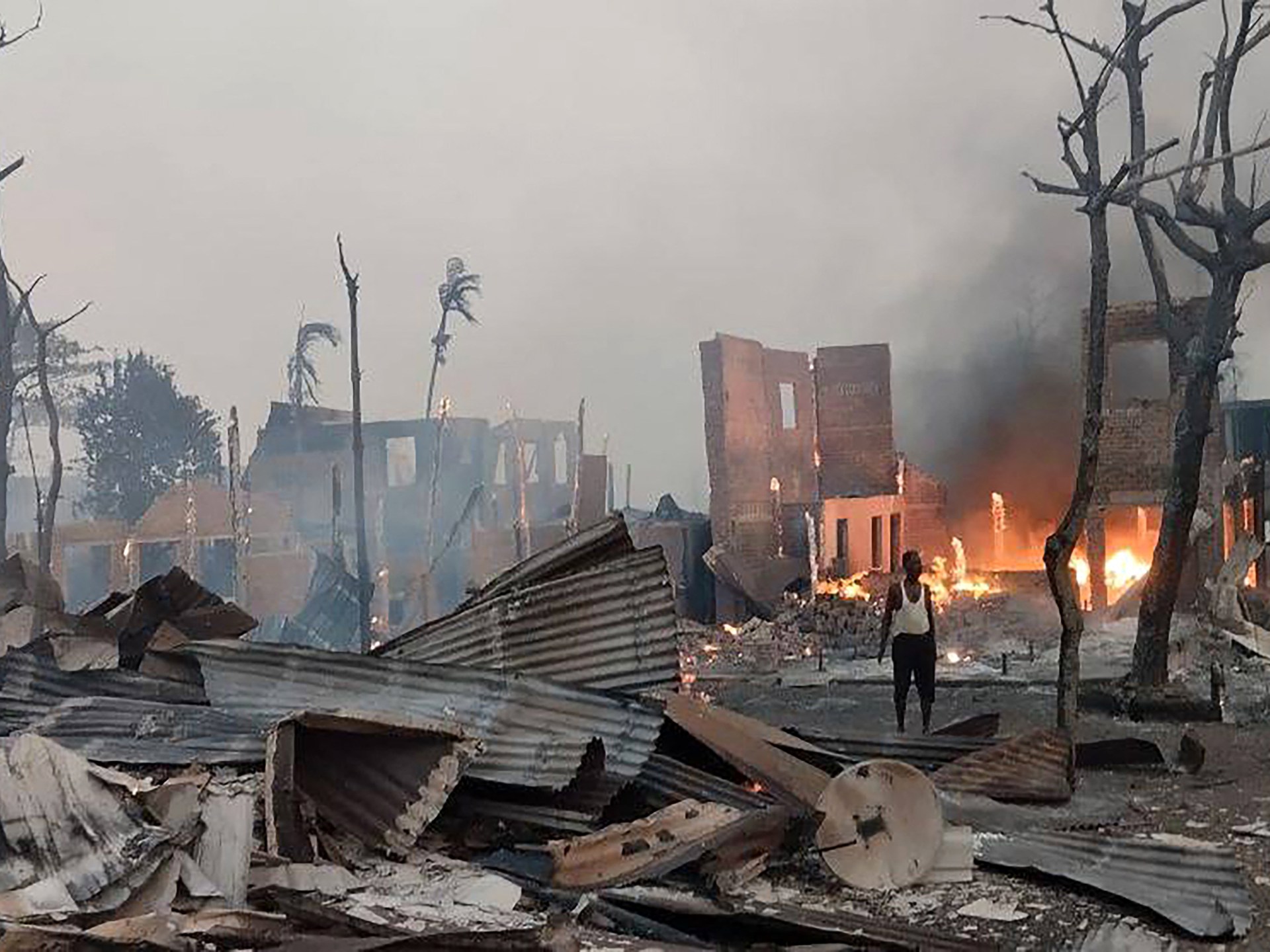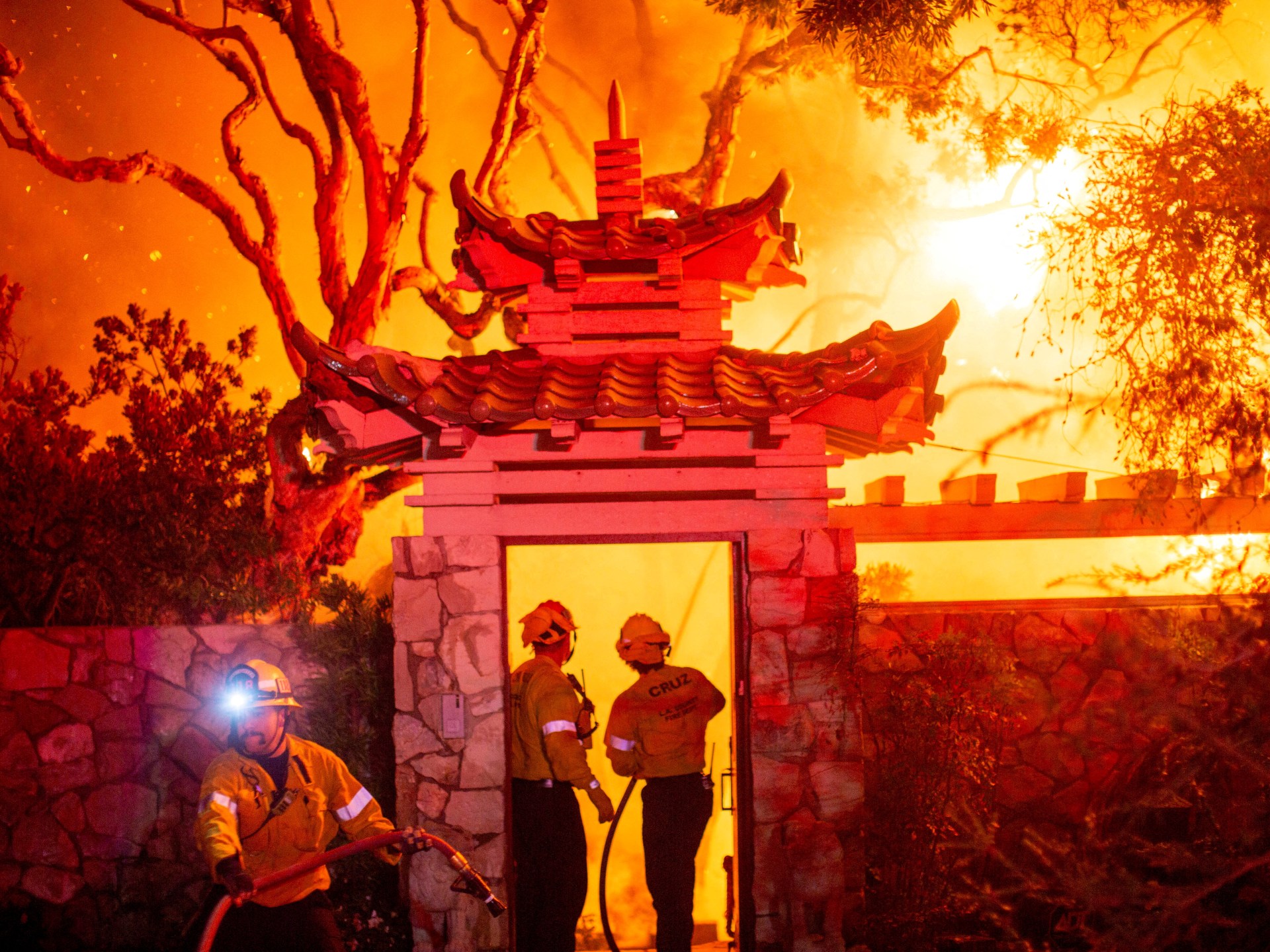Archaeologists have uncovered evidence of the bloodiest known massacre in British prehistory: an episode in rural Somerset, England, that occurred roughly 4,000 years ago.
The site, first unearthed about 50 years ago, contains human remains marked by cut marks, shattered skulls and human chew marks, suggesting both a violent mass murder and cannibalism, or anthropophagy (human-specific cannibalism).
Here’s what to know about the study of those remains and how it reshapes our perception of prehistory:
What has been discovered?
In a recent study, scientists in the United Kingdom reviewed about 3,000 fragmented bones that were initially unearthed by cavers in the 1970s from Charterhouse Warren, a rural area in Somerset.
These remains, largely overlooked for decades, are believed to belong to at least 37 individuals — men, women and children — who were killed and butchered some time between 2,200 and 2,000 BC.
The discovery marks the largest known case of interpersonal violence from prehistoric Britain. Nearly half of the remains belonged to teenagers and children, indicating an entire community may have been wiped out in a single, devastating event.
The bones, which appeared to be thrown into a limestone shaft 15 metres (49ft) deep, have numerous cut marks. There are also shattered skulls, and some of the bones show evidence of defleshing, disarticulation and marrow extraction.
Some bones also show human chew marks, indicating cannibalism.

Why were these people killed?
It is unlikely that the violence was driven by resource scarcity or hunger.
Cattle bones were found alongside the human remains, indicating ample food availability. There is no evidence of competition for resources or climate change in Britain around that period. There is also no genetic proof of different groups living together at the site, which suggests ethnic or interpersonal tensions may have been at the centre of the conflict. Blunt force trauma to the skulls indicates that the victims were deliberately killed, and a lack of defensive injuries suggests they were caught by surprise.
What does this tell us about human violence?
Lead author of the study, Rick J Schulting, says such archaeological studies can offer a more complete picture of prehistoric periods.
“It contributes to our understanding of human violence past and present and the conditions under which it occurs,” he tells Al Jazeera.
The violence may have been driven by theft — particularly of cattle — or social disputes, such as perceived insults, that escalated into murderous acts of revenge.
“The extreme violence seen here is unlikely to have been an isolated incident,” Schulting says. “There would have been repercussions as the relatives and friends of the victims sought revenge, and this could have led to cycles of violence in the region.”
This suggests that cannibalism appears to have been a deliberate act of dehumanising the victims rather than a means of sustenance.
How does this impact our view of early Bronze Age society?
The study paints a more complex and darker picture of early Bronze Age Britain, challenging its reputation as a relatively peaceful period.
“Sometimes a single site can change our perceptions,” Schulting explains.
Spanning roughly 2,500 to 800 BC, the Bronze Age was defined by advances in metalworking, agriculture and trade.
Only a few skeletons with apparent injuries have been unearthed from the early Bronze Age in the UK, suggesting minimal violence. However, in the Neolithic period, about 1,500 years before Charterhouse, and in the middle to late Bronze Age, swords and hilltop fortifications began to appear, Schulting notes.
The study reveals the early Bronze Age community’s capacity for large-scale violence, possibly driven by social disputes or disease outbreaks. Evidence of plague infection in the teeth of two children suggests that illness may have heightened tensions.
Was cannibalism practised by other cultures in the past?
Archaeological evidence and studies show that, throughout history, cannibalism occurred sporadically in particular areas and was not a widespread norm.
For example, a review of prehistoric European sites identified cannibalism in fewer than 10 percent of known assemblages, often associated with specific ritual or survival events rather than daily life. Assemblages in archaeology refer to collections of artefacts, bones or other materials found together in a specific context, such as a burial site or settlement.
In prehistoric Europe, sites such as Gough’s Cave in Cheddar Gorge, located 3km (1.9 miles) from Charterhouse Warren, provide evidence of anthropophagy as part of funerary rituals. This involved intentional modifications to human remains, such as creating “skull cups” from crania, likely for ceremonial purposes, which highlights a symbolic rather than violent context.
Beyond Europe, ritualistic or survival cannibalism has been reported among ancient Mesoamerican civilisations such as the Aztecs, who practised human sacrifice and subsequent consumption as part of religious rituals, and among Indigenous groups like the Fore people of Papua New Guinea, who engaged in mortuary cannibalism (consuming human remains in a mortuary) to honour the deceased.
The symbolic nature of these practices has been inferred from ethnographic accounts and archaeological findings showing structured, ceremonial treatment of human remains.




Leave a Comment